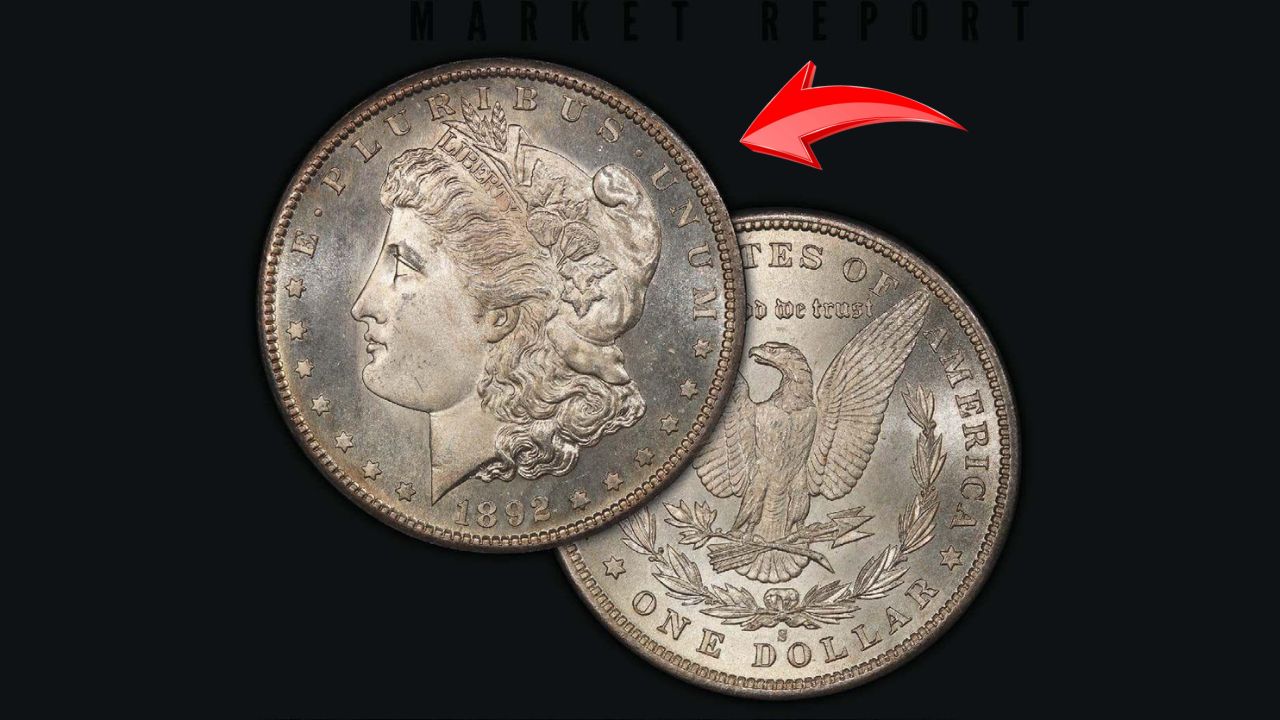Coin collecting, or numismatics, is more than just a hobby—it’s a blend of history, art, and economics wrapped into small pieces of metal. Whether you’re casually collecting quarters or hunting for high-value rarities like the 1794 Flowing Hair Silver Dollar, this pastime can be both enriching and financially rewarding. While many coins are accessible and affordable, some hold immense historical and monetary value, fetching millions at auction.
Let’s explore the landscape of coin collecting, what makes a coin valuable, and why the 1794 silver dollar stands as one of the most coveted treasures in U.S. numismatic history.
The Hobby of Numismatics: A Blend of Passion and Precision
Numismatics appeals to collectors for a variety of reasons:
- Affordability: You can start small with modern coins or common vintage coins.
- Educational Value: Coins are mini time capsules, telling stories about economic trends, political history, and national identity.
- Investment Potential: Rare coins can significantly appreciate over time, especially those with limited mintage and high demand.
Where to Buy and Learn
- Auction houses like Heritage Auctions or Stack’s Bowers frequently feature rare U.S. coins.
- Coin dealers, both online and local, offer a broad range of collectible coins.
- Coin shows and clubs are great for networking and expanding your knowledge base.
Storage and Display
Proper coin storage is essential to preserve condition and value:
- Use airtight holders or slabs for graded coins.
- Store in cool, dry environments away from humidity or contaminants.
- Catalog your collection for easy tracking and valuation.
The 1794 Flowing Hair Silver Dollar: America’s First Silver Coin
When it comes to silver dollars, none carry the historical and monetary weight quite like the 1794 Flowing Hair Dollar. It was the first silver dollar issued by the United States Mint, marking a key milestone in American independence and economic sovereignty.
Why It’s So Valuable
- Historical Significance: This coin symbolizes the transition from foreign to national currency, moving away from the Spanish “pieces of eight.”
- Limited Mintage: Only 1,758 coins were minted in 1794.
- Low Survival Rate: Fewer than 200 are known to exist today, with less than 10 considered uncirculated.
- Design Rarity: Only produced for one year before being replaced by the Draped Bust design in 1795.
One of the finest known examples—graded MS66—sold in 2013 for a record $10,016,875, making it one of the most expensive coins ever sold.
The Story Behind the Coin
The Flowing Hair Silver Dollar was designed by Robert Scot, the U.S. Mint’s first Chief Engraver. It was struck on October 15, 1794, with a mixture of 90% silver and 10% copper, weighing approximately 96 grams.
Design Features
| Side | Description |
|---|---|
| Obverse | Liberty facing right, surrounded by 15 stars (representing the 15 states), and the year at the bottom. |
| Reverse | A small eagle perched on a rock and surrounded by a laurel wreath. |
Due to mechanical limitations at the time, these early coins often featured weakly struck designs, prompting the U.S. Mint to pause production until stronger presses arrived.
By May 1795, about 3,810 silver dollars were struck with improved equipment, and later that year, the Draped Bust design replaced the Flowing Hair version altogether.
Value Trends and Collecting Rarity
The value of collectible coins—especially ultra-rarities like the 1794 dollar—is influenced by several key factors:
- Grade/Condition: Higher grades (MS65 or above) fetch premium prices.
- Rarity: Limited mintage and low survival numbers drive up value.
- Historical significance: Coins tied to pivotal moments in U.S. history are especially prized.
- Market demand: As with any collectible, prices depend on what collectors are willing to pay.
Even a lower-grade 1794 dollar can sell for hundreds of thousands, while MS63 or better examples reach into the millions.
FAQs
What is numismatics?
Numismatics is the study and collection of coins, currency, and related items. It encompasses historical research, valuation, and preservation.
How do I determine if a coin is valuable?
Look for factors like rarity, minting year, condition (grade), metal content, and historical significance. A professional appraisal or third-party grading can help.
Where can I buy rare coins like the 1794 dollar?
Auction houses, certified coin dealers, and major coin shows. Due to the rarity, many are sold privately or through major numismatic auctions.
How can I preserve the value of my coin collection?
Store coins in protective holders, avoid cleaning them, keep them in a stable environment, and maintain records of provenance and appraisals.




